Best Companion Vegetables That Will Make Your Garden Thrive
Best Companion Vegetables That Will Make Your Garden Thrive
Growing a vegetable garden can be a rewarding experience, but it can also be challenging. One way to make your garden more successful is to use companion planting. Companion planting is the practice of planting certain vegetables together that benefit each other. Some companion plants help to deter pests, while others improve the soil quality or help to attract pollinators.
There are many different companion planting combinations that you can try. Here are a few of the best companion vegetables:
- Carrots and onions: Carrots and onions are both root vegetables, and they benefit from being planted together. The onions help to repel carrot flies, while the carrots help to keep the onions' roots cool.

- Beans and corn: Beans and corn are a classic companion planting combination. The beans fix nitrogen in the soil, which the corn can use. The corn provides a trellis for the beans to climb, and the beans help to shade the corn's roots.

- Cucumbers and tomatoes: Cucumbers and tomatoes are both heavy feeders, so they benefit from being planted together. The cucumbers help to keep the soil moist, while the tomatoes help to deter cucumber beetles.
- Lettuce and spinach: Lettuce and spinach are cool-season crops that benefit from being planted together. They have similar growing requirements, and they can help to shade each other from the hot sun.

- Marigolds and tomatoes: Marigolds are a great companion plant for tomatoes. They help to repel nematodes, which are pests that can damage tomato roots.
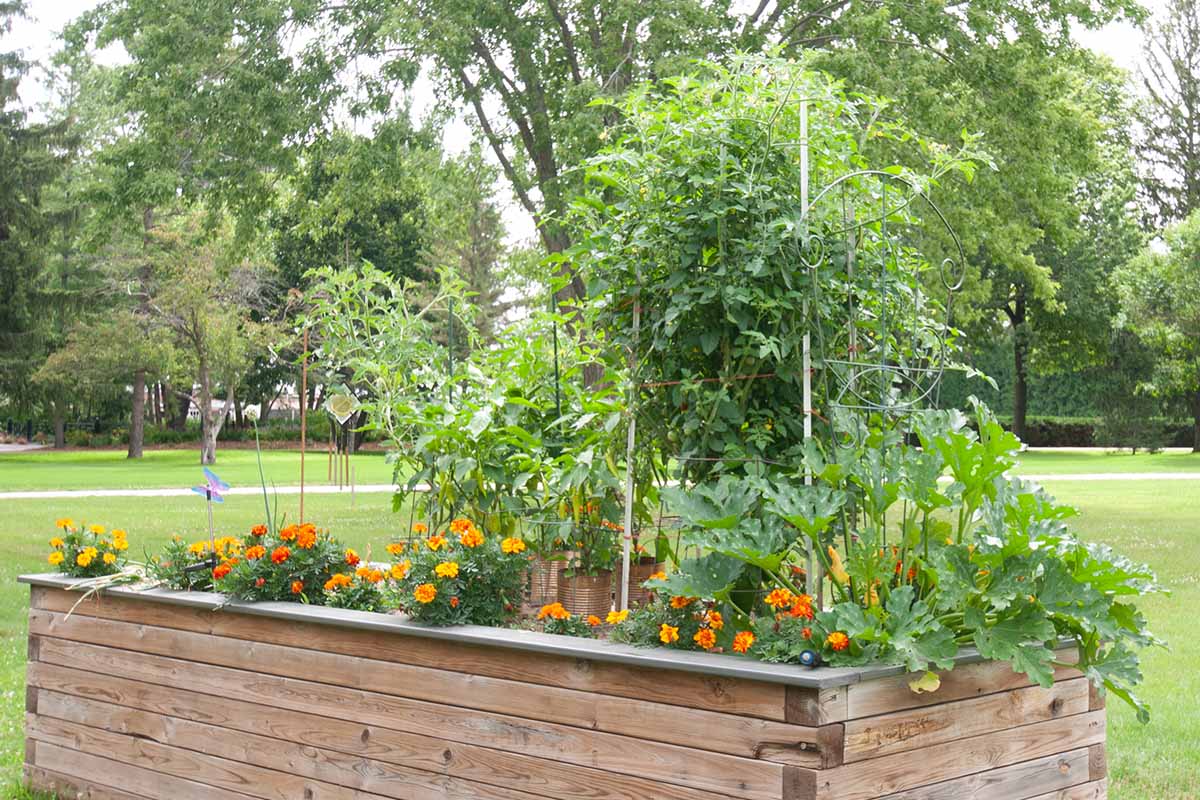
- Nasturtiums and cabbage: Nasturtiums are another great companion plant for tomatoes. They help to attract beneficial insects, such as ladybugs, which prey on tomato pests.
- Peas and carrots: Peas and carrots are both cool-season crops that benefit from being planted together. The peas help to improve the soil quality, while the carrots help to deter pests.
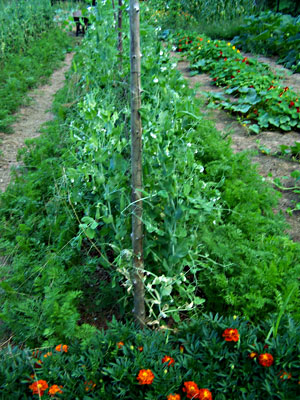
- Potatoes and beans: Potatoes and beans are a good companion planting combination. The beans fix nitrogen in the soil, which the potatoes can use. The potatoes help to suppress weeds, which can compete with the beans for nutrients.
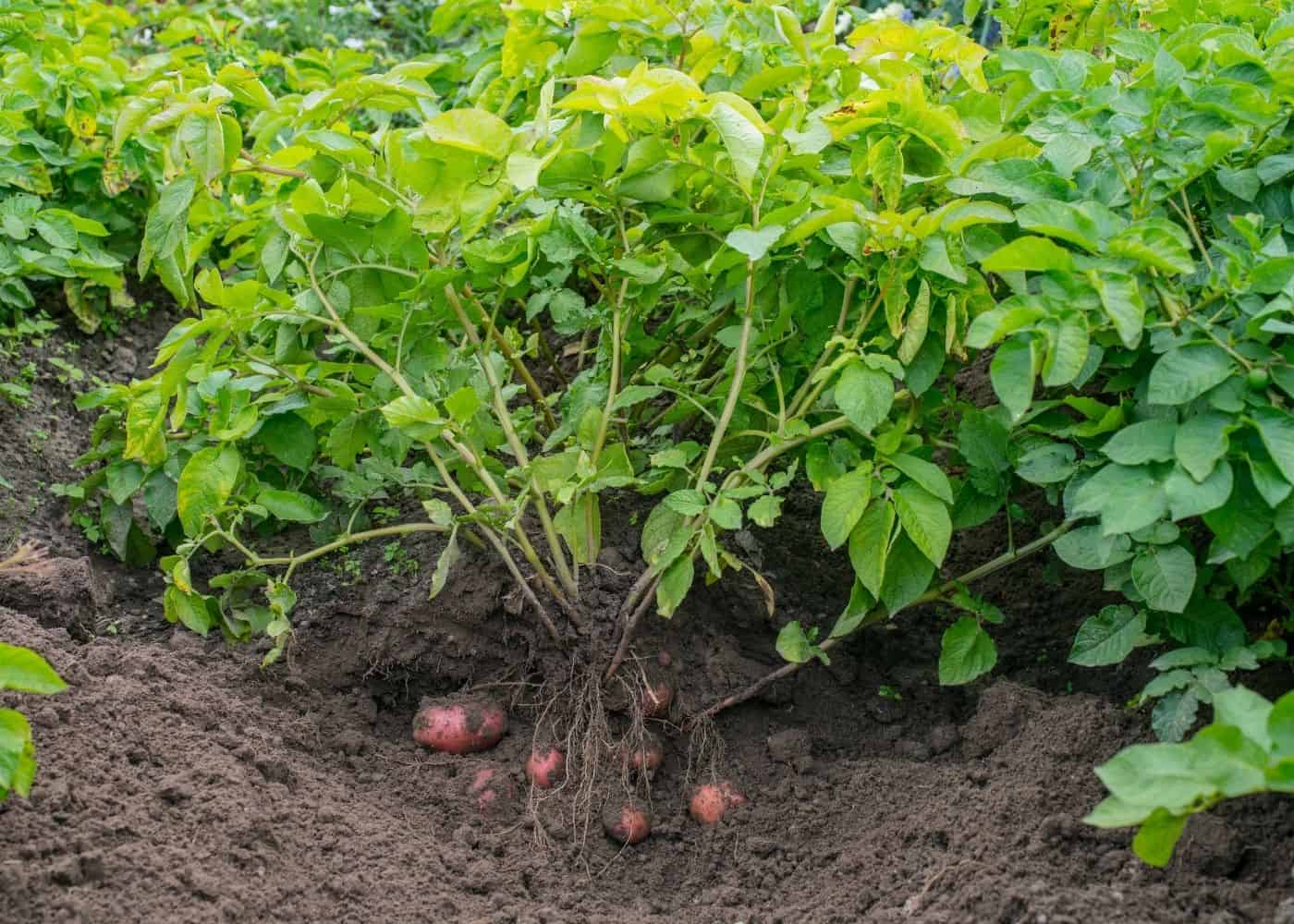
- Spinach and strawberries: Spinach and strawberries are both cool-season crops that benefit from being planted together. They have similar growing requirements, and they can help to shade each other from the hot sun.

These are just a few of the many different companion planting combinations that you can try. By planting the right vegetables together, you can help to improve your garden's productivity and reduce the need for pesticides.
Do you want to grow a healthy and productive vegetable garden? If so, you should consider companion planting. Companion planting is the practice of planting certain vegetables together because they benefit each other in some way. For example, some vegetables attract beneficial insects that help control pests, while others release chemicals that deter harmful insects.
If you're not sure which vegetables are good companions for each other, you can visit Gardenia Inspiration. This website has a comprehensive list of companion plants, as well as information about the benefits of companion planting. You can also find tips on how to plant your vegetables in a way that will maximize their benefits from companion planting.
FAQ of best companion vegetables
What are companion vegetables?
Companion vegetables are plants that grow well together and can even benefit each other. They may attract beneficial insects, deter pests, or improve the overall health of the plants.
What are some of the best companion vegetables?
Here are a few of the most popular companion vegetables:
- Dill and basil: These herbs are natural protectants for tomato plants, keeping away the dreaded hornworm.
- Marigolds: Marigolds are one of the best companion plants out there, and they help virtually any vegetable. They are particularly helpful for tomatoes, repelling the nematodes that like to attack the roots of vegetables.
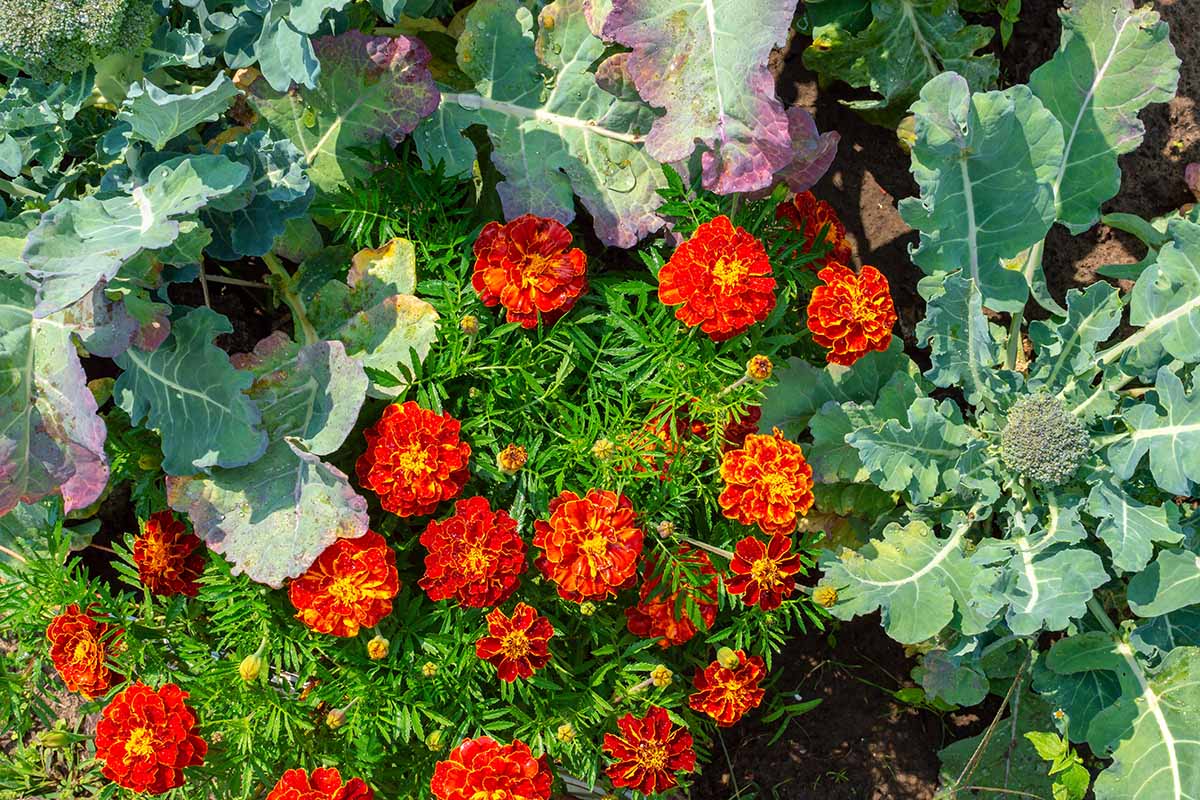
- Mint: Mint repels both ants and cabbage moths.
- Nasturtiums: Nasturtiums help prevent insects, particularly aphids, from attacking other plants. Aphids love Nasturtiums and will surround them instead of their neighboring plants.

- Sage: Another helpful herb in the garden, sage can protect from cabbage moths.
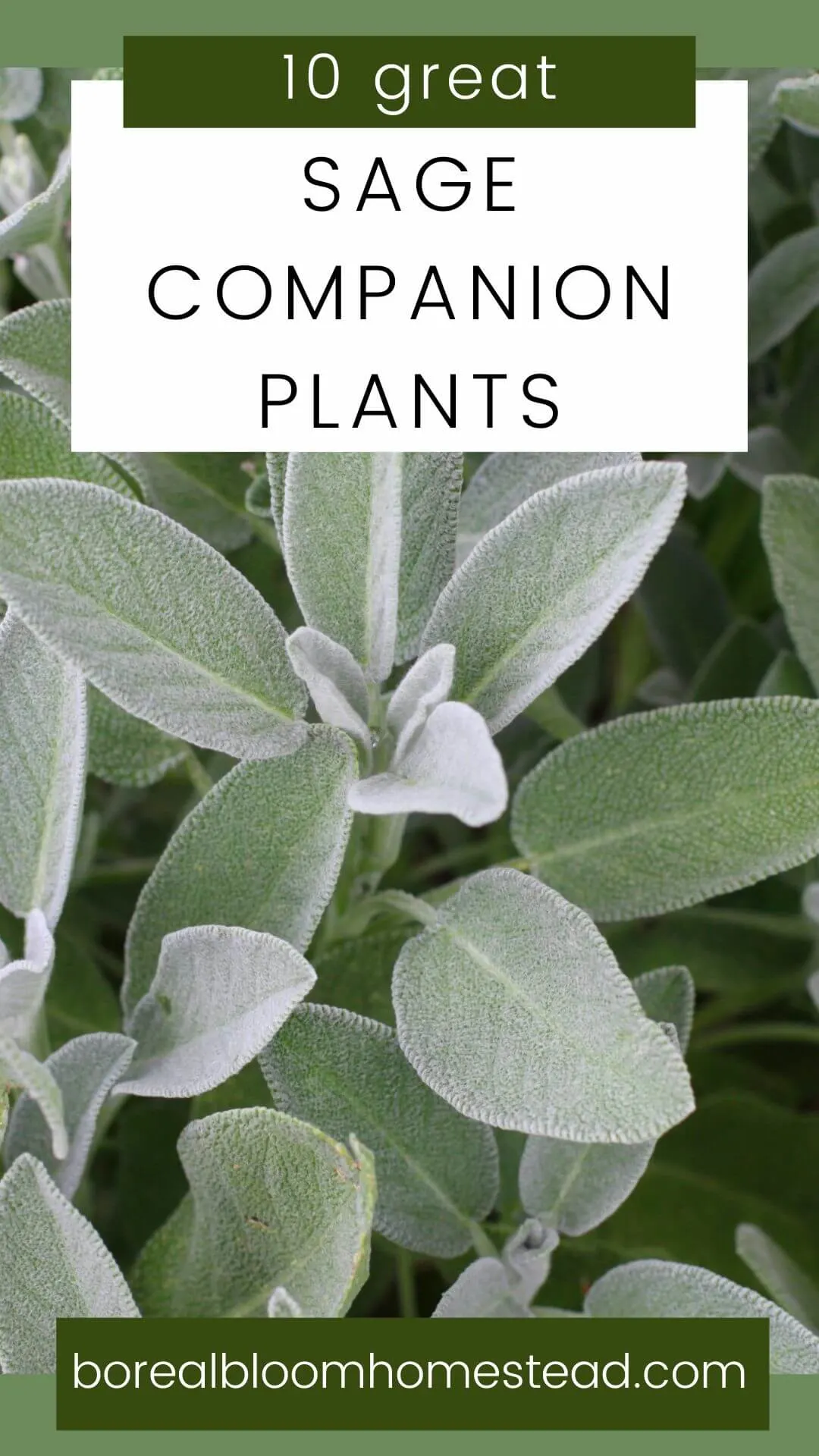
- Zinnias: Zinnias are excellent companion plants and attract ladybugs into the garden. Ladybugs are known to control unwanted pests like cabbage flies.

How close should companion vegetables be planted?
Plants that have known beneficial relationships (friends) should be planted within two or three rows of each other. However, it is important to do your research and consult a companion planting chart to determine the best planting distances for specific plants.
What are some of the benefits of companion planting?
Companion planting can offer a number of benefits, including:
- Disease and pest control: Companion plants can help to deter pests and diseases, attract beneficial insects, and improve the overall health of your plants.
- Increased yields: Companion planting can help to increase your crop yields by improving pollination, nutrient availability, and water retention.
- Improved soil quality: Companion plants can help to improve the overall health of your soil by adding nutrients, suppressing weeds, and attracting beneficial microorganisms.
- Reduced workload: Companion planting can help to reduce your workload by attracting beneficial insects that can help to control pests, and by improving the overall health of your plants, which can make them less susceptible to diseases.
Where can I find more information about companion planting?
There are many resources available to help you learn more about companion planting. You can find books, websites, and even apps that can provide you with information about specific plants and their companion plants. You can also talk to experienced gardeners or farmers in your area for advice.
Image of best companion vegetables
Here are 5 different images of best companion vegetables from Pinterest:
- Garlic and tomatoes: Garlic deters pests that can damage tomatoes, such as aphids, spider mites, and whiteflies. Tomatoes, in turn, provide support for garlic plants as they grow tall.

- Beans and corn: Beans fix nitrogen in the soil, which corn can use. Corn provides a trellis for beans to climb.

- Cabbage and nasturtiums: Nasturtiums attract pests away from cabbage, such as aphids, cabbage worms, and flea beetles. Cabbage provides support for nasturtiums to climb.
- Herbs and carrots: Herbs, such as mint, rosemary, and thyme, can repel pests that can damage carrots, such as carrot rust flies and carrot root maggots. Carrots, in turn, help to improve the flavor of herbs.
- Lettuce and onions: Lettuce benefits from the presence of onions, which can repel pests such as aphids and leaf miners. Onions, in turn, benefit from the shade provided by lettuce leaves.
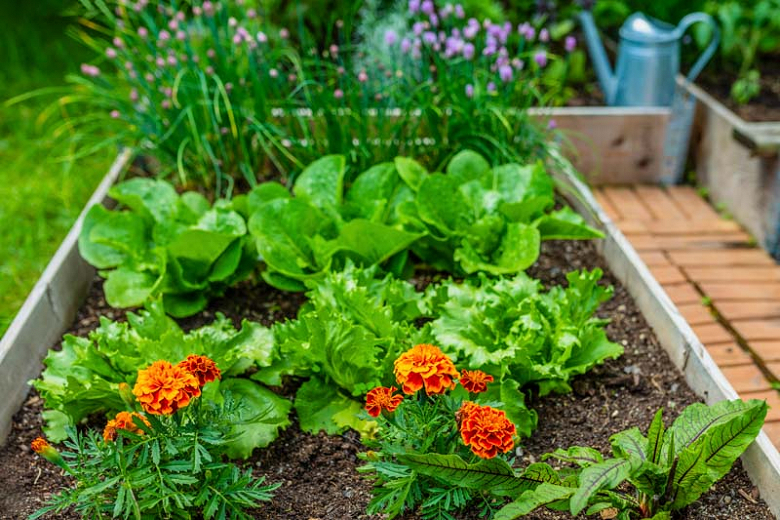
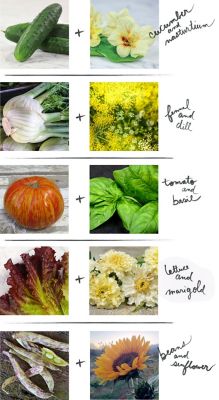
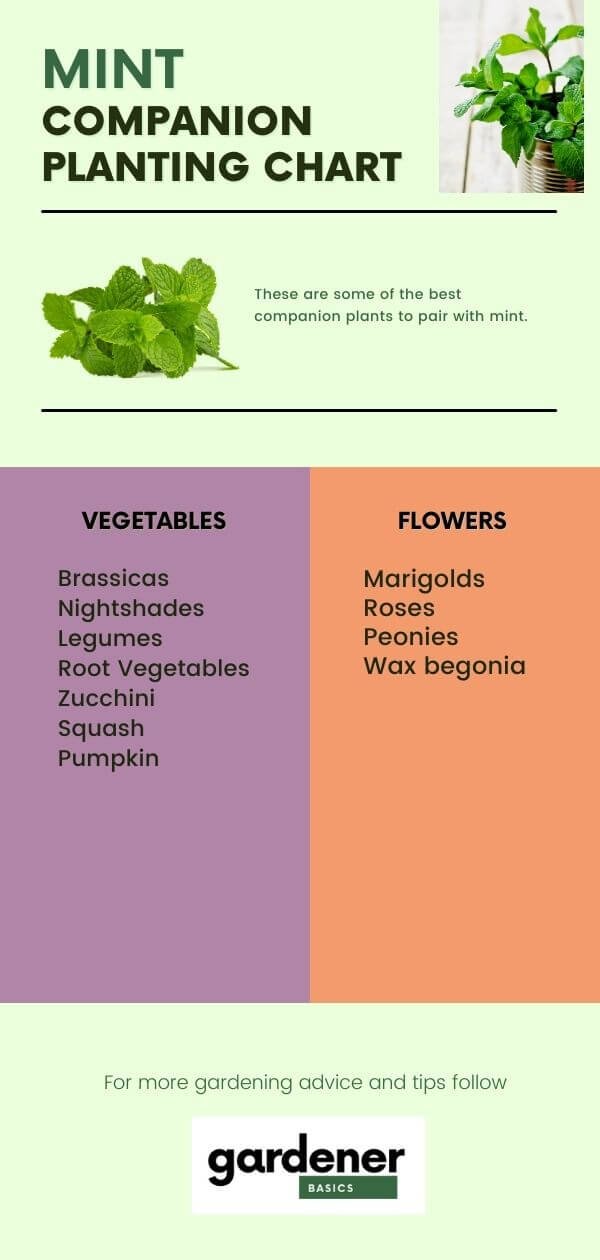
Post a Comment for " Best Companion Vegetables That Will Make Your Garden Thrive"